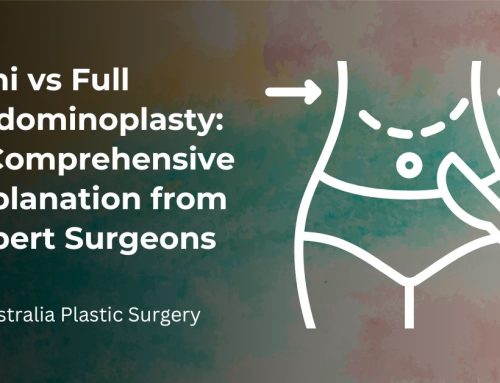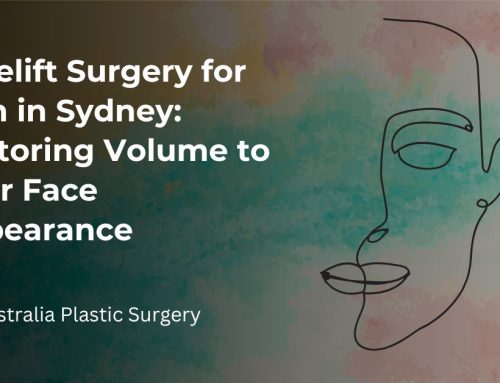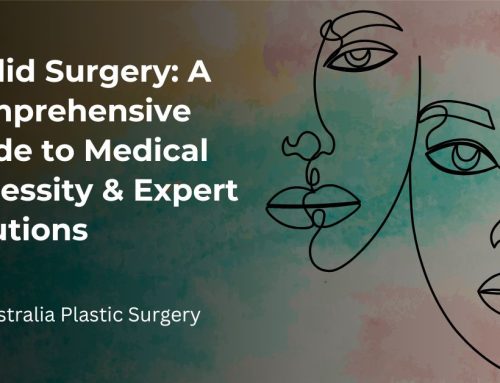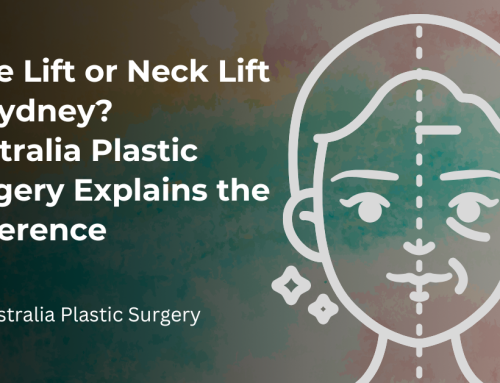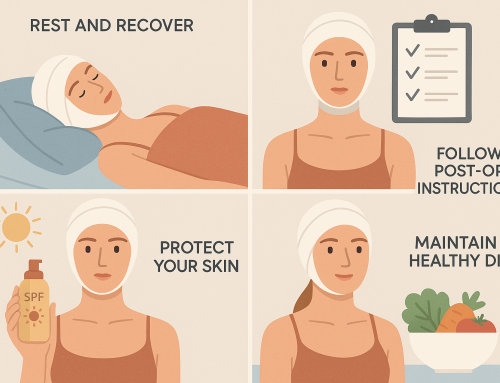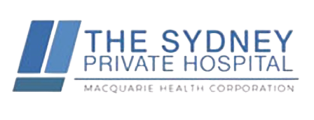Eyelid surgery, or blepharoplasty, is one of the most popular cosmetic procedures, offering both aesthetic and functional benefits. Whether you’re looking to reduce the signs of ageing or seeking relief from excess skin affecting your vision, eyelid surgery provides a lasting solution. In Australia, the demand for eyelid surgery is growing, with highly qualified surgeons offering advanced techniques to ensure the best results. This article delves into the details of eyelid surgery in Australia, from the types of procedures available to the costs and aftercare involved.
What is Eyelid Surgery?
Eyelid surgery, also known as blepharoplasty, involves the removal or repositioning of excess skin, fat, and muscle around the eyelids. The surgery can be performed on the upper or lower eyelids and is designed to address both cosmetic concerns and functional issues.
Cosmetic Reasons:
As we age, the skin around the eyes can lose elasticity, leading to drooping eyelids, puffiness, and wrinkles. Eyelid surgery is a highly effective way to rejuvenate the eyes, providing a refreshed, youthful appearance.
Functional Reasons:
In some cases, sagging eyelids can obstruct vision. Excess skin can weigh down the upper eyelid, impairing the field of vision. Eyelid surgery can correct this issue, improving both appearance and functionality.
Why Choose Eyelid Surgery in Australia?
Australia is known for its high standards of medical care, and eyelid surgery is no exception. With a wealth of skilled surgeons, advanced technology, and an emphasis on patient safety, Australia has become a top destination for eyelid procedures.
Expert Surgeons:
In Australia, eyelid surgery is performed by highly qualified surgeons who hold Fellowship qualifications from the Royal Australasian College of Surgeons (FRACS). Surgeons like those at Australia Plastic Surgery have years of experience and expertise, ensuring high-quality results tailored to each patient’s needs.
Reputation for Excellence:
Australian plastic surgeons are recognised both nationally and internationally for their skill and attention to detail. Many clinics, including Australia Plastic Surgery, are known for their exceptional patient care, where each procedure is personalised to achieve the most natural-looking outcomes.
Comprehensive Care:
From the initial consultation to the post-operative stages, Australian clinics provide thorough care and support. Patient education is prioritised, ensuring that you are fully informed about the procedure, recovery process, and potential risks involved.
Types of Eyelid Surgery Available in Australia
Eyelid surgery is not a one-size-fits-all procedure. There are several types of blepharoplasty available in Australia, each addressing different concerns.
Upper Eyelid Surgery:
Upper eyelid surgery is one of the most common procedures, especially among those looking to reduce the appearance of sagging eyelids. This surgery involves removing excess skin and fat from the upper eyelid, which can improve both the aesthetic appearance and vision by lifting the eyelid and creating a more open-eyed look.
Lower Eyelid Surgery:
Lower eyelid surgery targets the area beneath the eyes, where puffiness and bags often form as we age. The procedure can involve the removal or repositioning of fat, as well as tightening the skin to eliminate wrinkles and puffiness. It can also address dark circles under the eyes by redistributing fat.
Asian Blepharoplasty:
This type of eyelid surgery is specifically designed for individuals of East Asian descent who wish to create or enhance a double eyelid fold. The procedure creates a crease in the upper eyelid, offering a more defined eye shape that some individuals desire for aesthetic reasons.
Functional Eyelid Surgery:
For those who have excess skin or fat that interferes with their vision, functional blepharoplasty offers a solution. This procedure, often covered by Medicare, aims to remove the obstructing skin or fat to restore normal vision. While it also improves appearance, the primary goal is to correct vision impairment.
The Procedure: What to Expect
Consultation:
The first step in eyelid surgery is the consultation. During this appointment, the surgeon will assess your eyes and discuss your goals, explaining the procedure in detail. Surgeons at clinics like Australia Plastic Surgery prioritise clear communication, setting realistic expectations and ensuring you feel fully informed about the process.
Surgical Process:
Eyelid surgery is typically performed under local anaesthesia with sedation, although general anaesthesia may be used in certain cases. The surgeon makes small incisions in the natural folds of the eyelids to minimise scarring. The excess skin, fat, or muscle is then carefully removed or repositioned, and the incisions are closed with sutures.
The surgery generally lasts between 1 to 3 hours, depending on the complexity of the procedure.
Recovery:
After surgery, patients can expect some swelling and bruising around the eyes, which is normal and will subside within the first few weeks. Most patients take around 7 to 14 days off work to recover, although the full recovery process can take several months. Follow-up appointments with the surgeon will ensure that healing is progressing as expected.
Costs of Eyelid Surgery in Australia
The cost of eyelid surgery in Australia can vary depending on the type of procedure, the surgeon’s experience, and the clinic’s location. On average, the cost of eyelid surgery ranges from:
- Upper Eyelid Surgery: AUD $2,000 to $5,000
- Lower Eyelid Surgery: AUD $3,000 to $7,000
The cost may also differ if the surgery is considered functional, as Medicare may provide some coverage for procedures that are deemed medically necessary. However, cosmetic blepharoplasty is generally not covered by Medicare.
Choosing the Right Surgeon in Australia
When considering eyelid surgery in Australia, choosing the right surgeon is crucial. Here’s how you can ensure you’re in good hands:
Check Qualifications:
Ensure that the surgeon is FRACS-certified and has experience in eyelid surgery. Surgeons at Australia Plastic Surgery are trained to the highest standards, ensuring safe and effective procedures.
Consultation:
A thorough consultation is essential. It gives you the opportunity to ask questions, discuss your expectations, and understand the surgeon’s approach. Surgeons at Australia Plastic Surgery take the time to ensure that every patient fully understands the procedure and is comfortable with their decision.
Patient Care:
Look for a clinic that offers comprehensive post-operative care. Clinics like Australia Plastic Surgery are known for their exceptional aftercare services, ensuring a smooth and successful recovery.
Risks and Complications
As with any surgery, eyelid surgery comes with some risks, although they are rare when performed by an experienced surgeon. Potential complications include:
- Infection or bleeding
- Scarring, though scars are usually minimal and fade over time
- Dry eyes or difficulty closing the eyelids fully
- Asymmetry in the appearance of the eyelids
Choosing a qualified surgeon and following post-operative care instructions can significantly reduce these risks.
Conclusion
Eyelid surgery in Australia is an effective solution for those looking to rejuvenate their appearance or improve their vision. With skilled surgeons, advanced techniques, and high standards of care, Australia has become a leading destination for eyelid surgery. Whether you’re considering it for cosmetic reasons or to address a functional concern, a well-qualified surgeon at a reputable clinic like Australia Plastic Surgery can help you achieve your goals with confidence.
Booking a Consultation
Ready to learn more about Blepharoplasty and whether it’s the right option for you? Schedule a consultation with one of the expert surgeons at Australia Plastic Surgery today.
Phone: 02 9561 0200 (Sydney area)
Free Call: 1300 004 008 (outside Sydney)
Online Enquiry: Submit your details online here
During your consultation, your surgeon will discuss your medical history, aesthetic goals, and help determine the best procedure for your needs.

